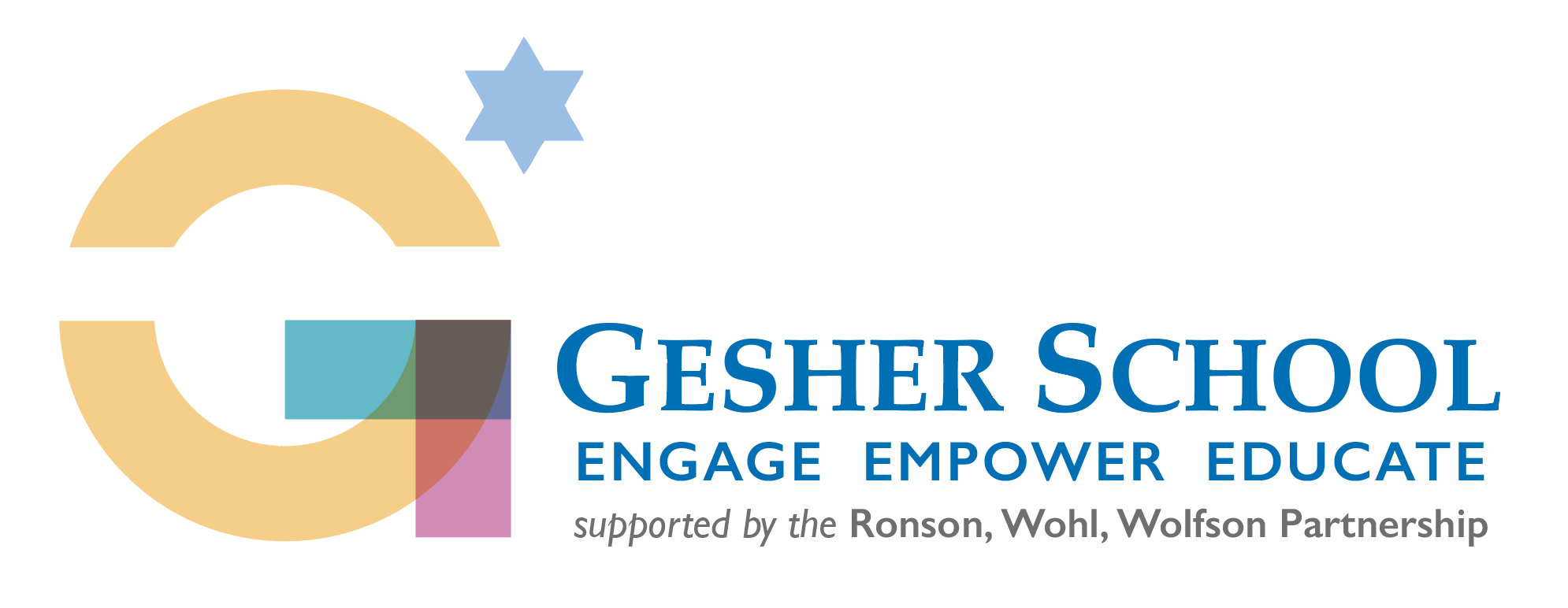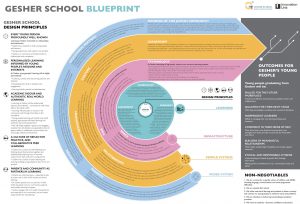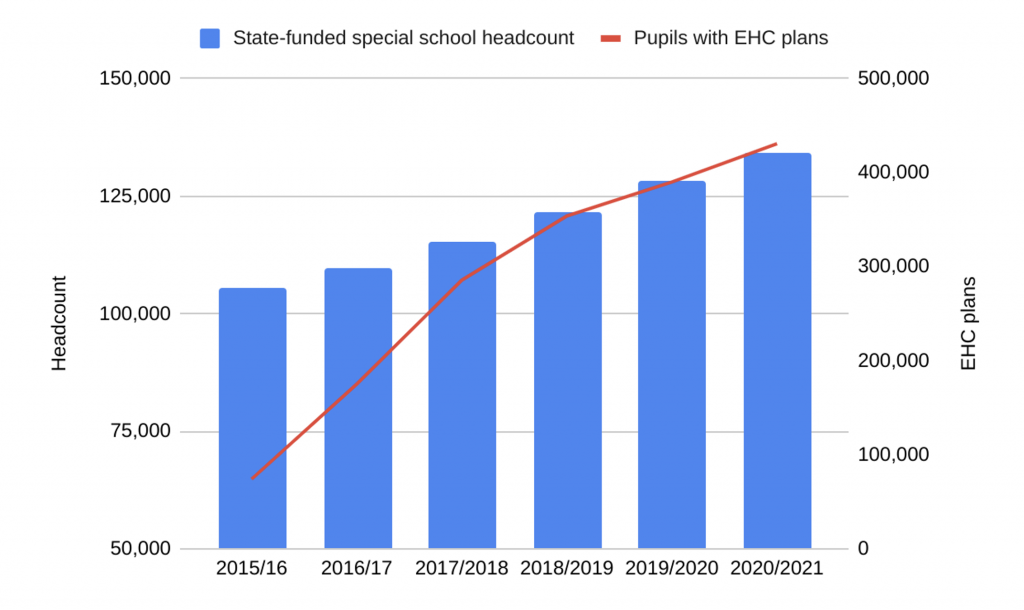Why Faring Well Really, Really Matters
Laurel Freedman
Looking at what ʻhappinessʼ means to Gesher, it is defined as the need for children to feel broadly secure, to feel satisfied about whatʼs going on with them and to experience a sense of safety in their wider environment In this article we speak to Laurel Freedman, an Educational Psychologist and chair of the Mental Health, Wellbeing and Happiness committee at Gesher, and unpick the schoolʼs Mental Health, Happiness and Wellbeing work, to explore why faring well really matters for children and how you prioritise it in a school.
At Gesher the mental health, wellbeing and happiness (MHWH) of children and adults are core to our ethos. This is grounded in, and driven by, an understanding of what is most important to children and young people.
Children often come to the school having not had their sensory and emotional needs met in mainstream settings, leading to ʻoverwhelmʼ. Overwhelm, and the anxiety that comes with it, blocks children from flourishing and reaching their full potential.
Alternatively, security, safety and solid attachments create the foundations for children to take risks. Learning is all about taking risks; managed risk is at the core of all exploration and education. In short, happy children learn.
“In short, happy children learn.”
This isnʼt only true for children. Staff and parents also need to feel safe, secure and listened to, in order to create the same environment for children. When concentrating on mental health, happiness and wellbeing, Gesher also wanted to create the space and mechanisms for adults to voice their opinions, hear praise and talk about what they needed for their own wellbeing.
The schoolʼs MHWH policy was developed as a means to articulate and pin down the practices they had been developing and refining, in order to keep a record of what they had been doing and to share that with others. The following five steps are drawn from this policy & accompanying work.
Five steps to embedding a Mental Health, Wellbeing and Happiness school ethos
1. Learn from others
Look elsewhere for inspiration and to gather ideas.
For example, Gesher gathered ideas from:
- The ʻMentally Healthy Schoolsʼ work of the Anna Freud Centre;
- The Carnegie Schoolʼs Centre of Excellence for Mental Health in Schools, working with the centre in the form of grantees, as well as governors
- Schools with similar cohorts to the children at Gesher, where they asked to review the schoolʼs policies, undertake visits & take ideas
“Itʼs important to note that Gesher is still in learning mode, and probably always will be.”
2. Establish governance for the work
Gesher established a Wellbeing Committee, comprising the CEO, School Wellbeing Lead & Music Therapist, and School Educational Psychologists, focussed on:
- Bringing challenge and rigour to the development of the schoolʼs approach
- Building a MHWH curriculum
- Establishing impact measures & celebrating successes
- Embedding the work across the whole of the school.
(A school wanting to establish its own committee might also want to include pastoral care and safeguarding leads.)
3. Build the right team, skills and approaches
On top of the committee, the school also appointed multidisciplinary specialist workers to meet specialist needs that some children might have. These included:
- A SENDCo
- A wellbeing lead
- A drama therapist
- An educational psychologist
- An Occupational Therapist, and
- A Speech and Language Therapist.
However, Gesherʼs MHWH approach is ʻwhole schoolʼ, meaning itʼs owned by everyone. The work is designed to feel connected and to promote the fact that everyone has skills and a role to play in promoting it.
Whilst some staff are appointed for their specific expertise, every member of staff is trained and supported to spot early warning signs and the different needs of each child. There are also displays, celebration assemblies and constant discussion opportunities in the school to talk about it.
4. Create tailored support strategies for each child, promoted by your curriculum
Each child has a tailored support strategy, focusing on hearing each young personʼs needs and voice.
This strategy closely involves families, building important links between home and school. These strategies, and the emotional scaffolding tools used within the curriculum encourage:
- Children to feel confident
- Effective expression of emotions
- Relationship building
- Ability to cope with stresses of life & deal with change
- Independence
Activities that promote this include:
- Pupil-led activities: self expression day; opportunities to share feelings or lead activities
- Class activities: Middah slips where staff recognise the positive impact of student action; timetabled relaxation time; mindfulness
- Whole School activities: Jewish faith ethos to ʻlove thy neighbour as thyselfʼ; celebration assemblies; and displays about positive mental health.
5. Think about your impact & how you assess wellbeing
Observe changes in the resilience of children (and adults) who face adversity and struggle. The coronavirus pandemic, for example, helped the school to see this in action. Gesher was able to stay open during lockdown, knowing that stability was needed for children. But staying open wasnʼt the only thing that created that safety. The children were still able to thrive and learn during such a difficult time because of the consistent and tailored support strategies put around them. supported and listened to? Do they feel like owners of the work?
Talk to parents. Parents have told us that they have a ʻdifferent childʼ, they describe the changes to their childrenʼs interests, interactions, appetite for learning and in the way they look forward to things. All teachers will observe this themselves, but itʼs really validating to hear parents observe it too.
Ask your staff for feedback regularly. Do they feel supported and listened to? Do they feel like owners of the work?
The above steps are drawn from one schoolʼs learning journey to date. Itʼs important to note that it is still in learning mode (and probably always will be). Their next focus is an exploration of adolescent transitions and good mental health.
Professional Prompt Questions
- Whatʼs needed to guarantee children feel secure and valued in school?
- How can schools ensure that children are really well known, and that they know that they are known?
- How do you build security and support for staff in SEND schools?
- How can you make mental health, wellbeing and happiness everyoneʼs business in school?
Laurel trained as a primary school teacher over 40 years ago and has had a number of roles and professions both in England and Israel, including teaching adults and pre-school children, and childminding. After qualifying as an Educational Psychologist (EP) in 1996, she worked for the London Borough of Enfield for seven years and then moved to Norwood (Binoh) where she managed the EP team, working predominantly within the Jewish community. During this time, she also spent five years on a secondment to the Tavistock Centre, working as a part-time course tutor on the Doctorate for Child, Community and Educational Psychology. Since leaving Norwood in 2013, Laurel has worked as an independent EP and is now semi-retired.



